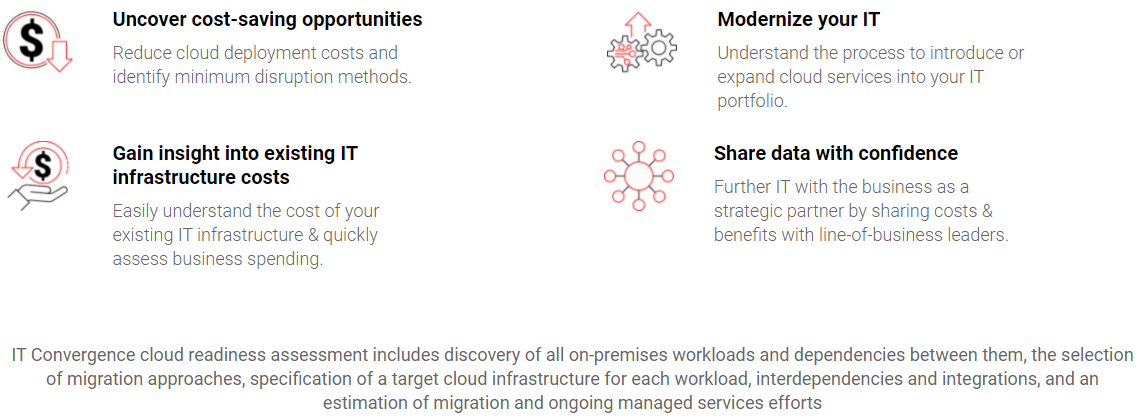According to Gartner, an application must be evaluated from both a technical and business perspective to determine its cloud readiness. For applications identified as for public cloud deployment, architectural evaluations must be made with regard to the public clouds under consideration, and the vendor-specific services these providers offer to determine the level of application refactoring that will be required.
As organizations further their public cloud adoption initiatives, they face decisions surrounding which members of their vast application portfolios are viable candidates for public cloud deployment. Applications should be assessed against a broad set of technical criteria, but equally important are criteria related to the business impact of these applications.
Here we talk about migrating critical applications (EBS, HCM, ERP etc) to the Oracle Cloud, in the readiness assessment phase of the journey.
Phases in the The Lifecycle of an application to Oracle Cloud migration Project
- Evaluation: Develop a cloud adoption strategy
- Discovery, Assessment, and Planning
- Implementation: Migrate and validate
- Operations: Monitor, run, and fix your applications in the cloud
- Evolution and Optimizations: Create a feedback loop to optimize your cloud solution
What is Cloud Readiness Assessment?
A cloud readiness assessment provides an organization with the clarity of vision and concrete steps required to successfully adopt cloud and when it involves a mission-critical application like migrating your ERP application to OCI, this step becomes even more critical. The successful migration of services for EBS To OCI requires an Oracle cloud readiness assessment phase and understanding of the existing environment is necessary to develop a business case for migration. This is the initial phase in which we understand our client’s business and determine which cloud strategy is suitable for a scalable, reliable, and cost-effective migration.
Along with price advantages, cloud agility and elasticity are increasingly being sought after by companies, hence a formal organizational review and cloud migration assessment serve an invaluable function for achieving these goals.
This phase suggests an optimal cloud strategy and roadmap based upon an appropriate platform selection (IaaS, PaaS, and SaaS) and cost-benefit analysis.
Oracle Cloud Assessment
After the application, the portfolio has been assessed and your organization has made the decision on Migrating ERP to OCI (IaaS+PaaS), there are still remaining decisions to be made regarding the migration process. A cloud migration assessment takes the cloud readiness assessment further, providing tangible solutions to migrating applications to the cloud.
Oracle Cloud Readiness Assessment Benefits
- Define an end-to-end strategy that takes into consideration your business objectives as well as the impact of cloud migration on IT operations
- Take the opportunity to discover and evaluate your enterprise application portfolio to see where inefficiencies exist, and where they can be remediated and optimised with available cloud services
- Re-design your business applications to integrate effectively with the specific service models offered in the cloud
- Understand the model of shared responsibility as it relates to security policy and risk mitigation and develop policies and controls accordingly
- Optimized EBS cloud strategy and roadmap to focus on core competencies and business goals


START YOUR EXCLUSIVE CLOUD ASSESSMENT NOW
Oracle Cloud Readiness Assessment Outcomes
It is important to understand the areas to be covered in the cloud readiness assessment phase. Missing clarity in this phase will lead to roadblocks in the cloud migration journey or even to failure of the long term goal the migration project is meant to fulfill –
- Review of Company objectives, Identify discovery, Skills assessment
- Stakeholder details, challenges, requirements, and responsibilities
- Inventory of physical and virtual infrastructure: servers, storage, switches, and their uses
- Inventory of applications, associated applications, software, and current licensing
- Current implementation details and architectures
- Modernization and migration pattern and operating model
- Security and compliance requirements
- Future-state architecture blueprint for EBS on OCI





